Romania’s traditional blouse industry under threat by mass production of fake replicas
In Bucharest, Romania, Mariana Neacșu works 12 hours almost every day, weaving intricate, white blouses on a large, wooden loom that once belonged to her mother.
The blouse, called IA, distinctive for its embroidered sleeves, is one of the best-known symbols of traditional dress in Romania.
“I started to really get into it because I love the traditional blouse,” Neacșu said through a translator about her hobby that grew into a unique family business.
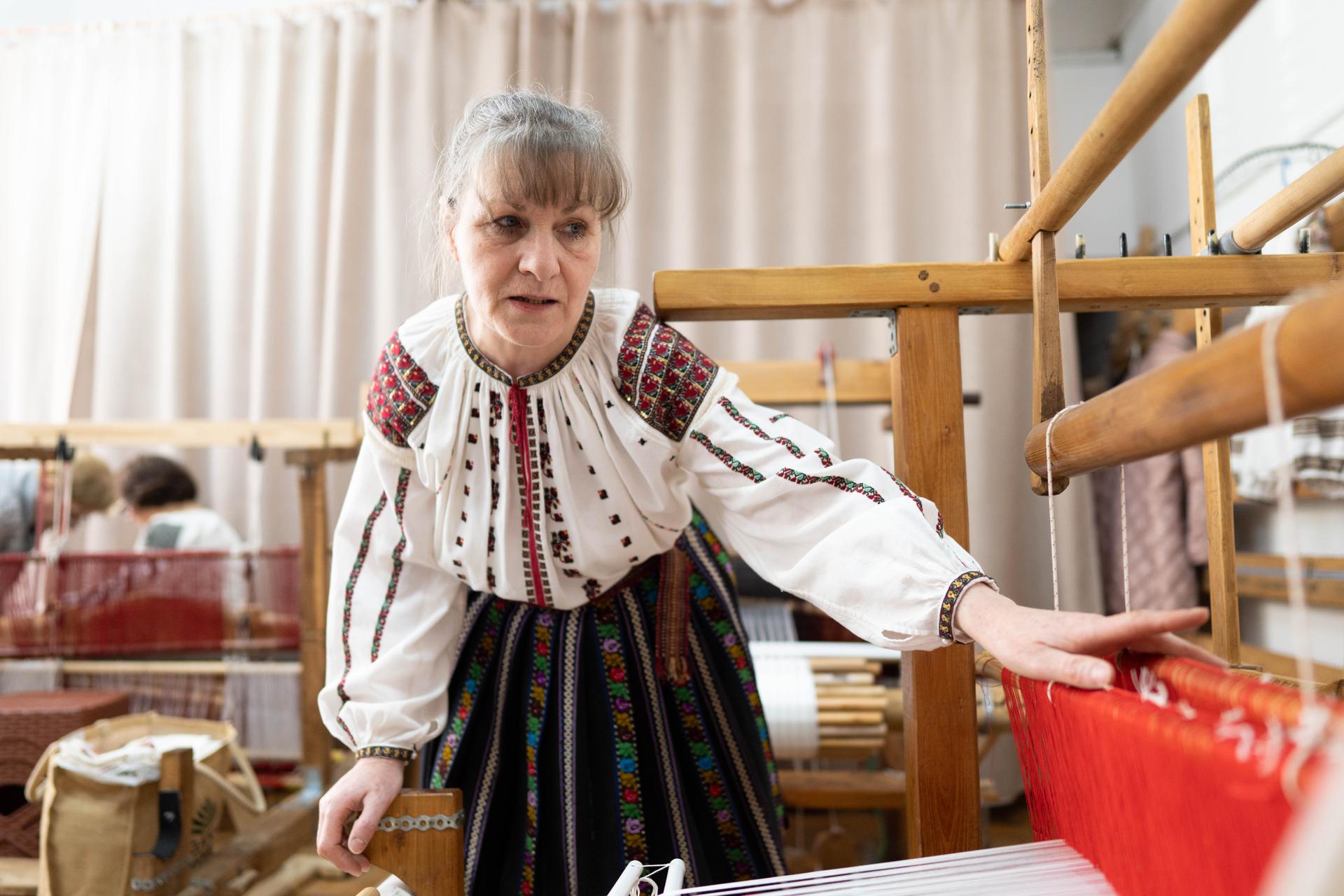
IA blouses take months, and sometimes, more than a year to complete, and can cost anywhere from $150 to over $2,000.
Neacșu said her customers are mainly Romanian, because tourists are reluctant to pay the price. It’s partly why machine-made replicas from China and India sell so well in the outdoor markets in Bucharest. But some preservationists say that the fakes threaten to put Romania’s homegrown industry out of business.

Andreea Diana Tănăsescu, the founder of La Blouse Roumaine, a movement that promotes IA, said that the blouse fell out of fashion in the 1990s as Romanians embraced Western culture following the collapse of communism.
In the last decade, though, the blouse has featured in collections by fashion designers including Tom Ford and Oscar de La Renta, and British singer Adele appeared in Vogue magazine wearing one. Interest in the garment spiked but with it came a flood of cheap knockoffs from factories in Asia.
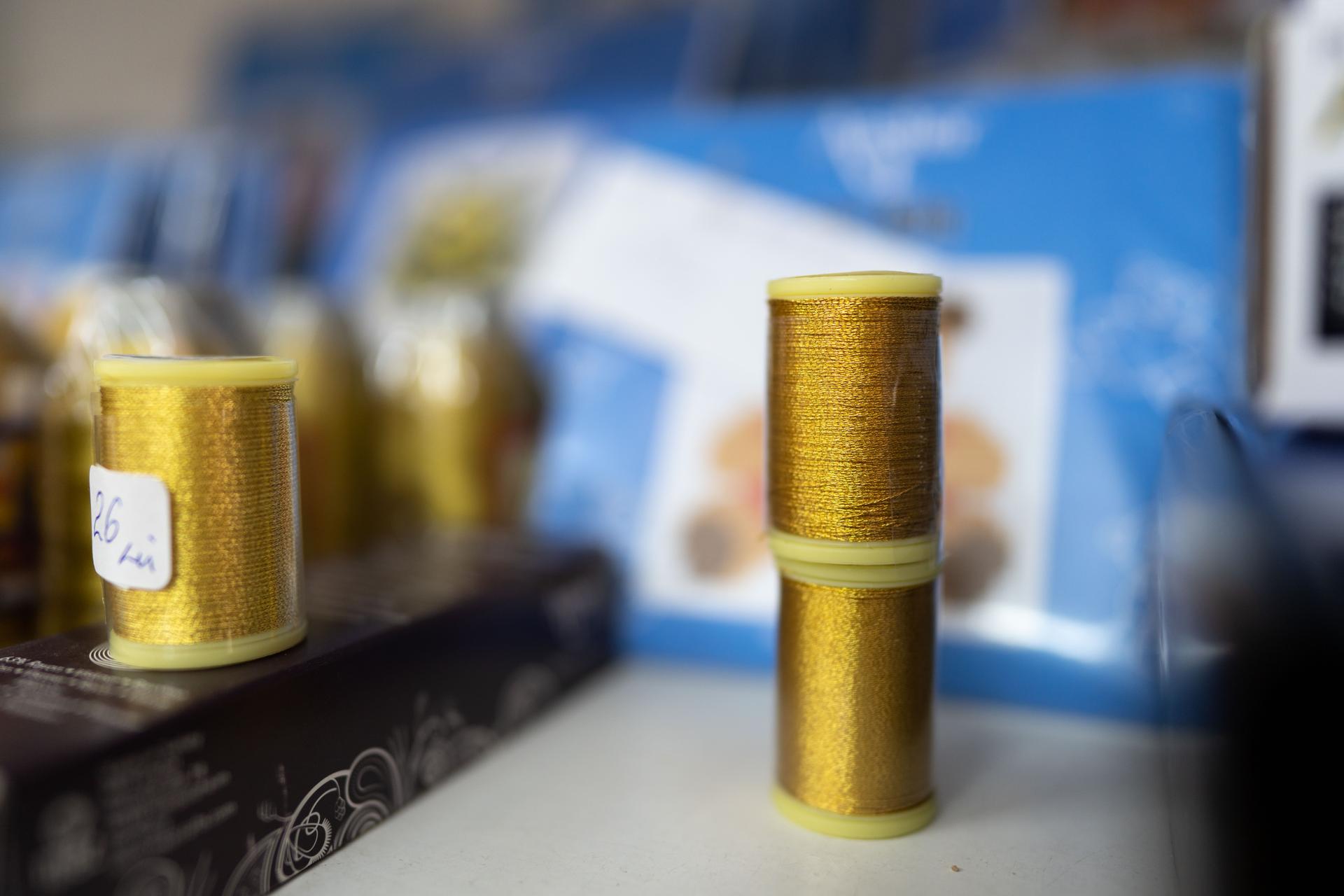
Tănăsescu said she is frustrated that the government hasn’t made an effort to regulate the industry.
Some vendors, such as the Obor market in the northeast of the capital, claim to sell tops made in Romania, although the labels read IND, which usually indicates made in India, or they peddle “handmade” blouses priced at $22.

Tănăsescu said that she hopes that IA’s listing by UNESCO as an “intangible cultural heritage” last December will encourage the government to be more proactive about clamping down on fakes. Or at the very least, force the stallholders to state if the blouses are machine-made and from abroad.
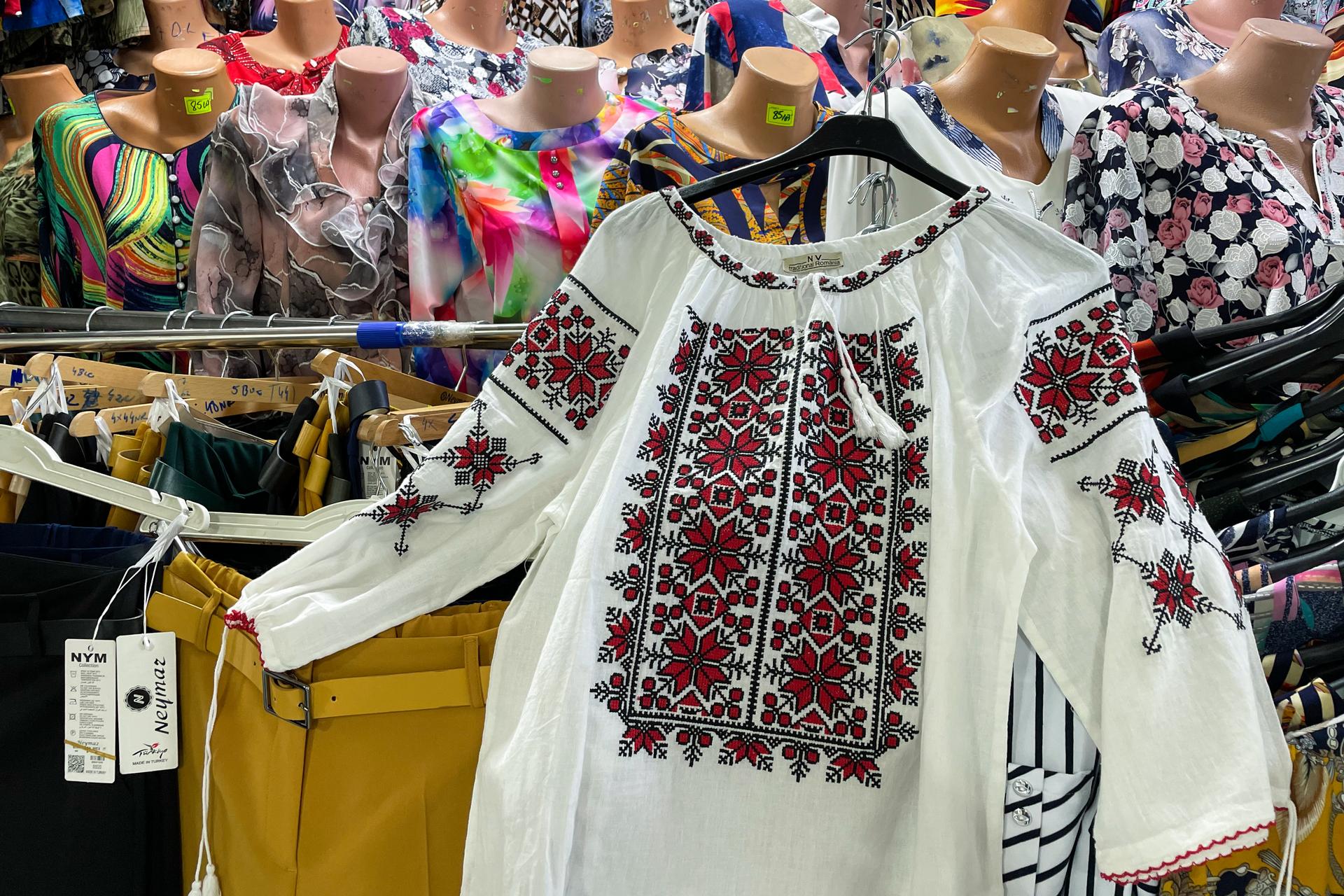
But she said there’s a reason the authorities are slow to act: “It’s about money, the copies are bringing in more money in taxes.”
The Romanian government is reluctant to lose any income the stallholders pay in tax, Tănăsescu said.
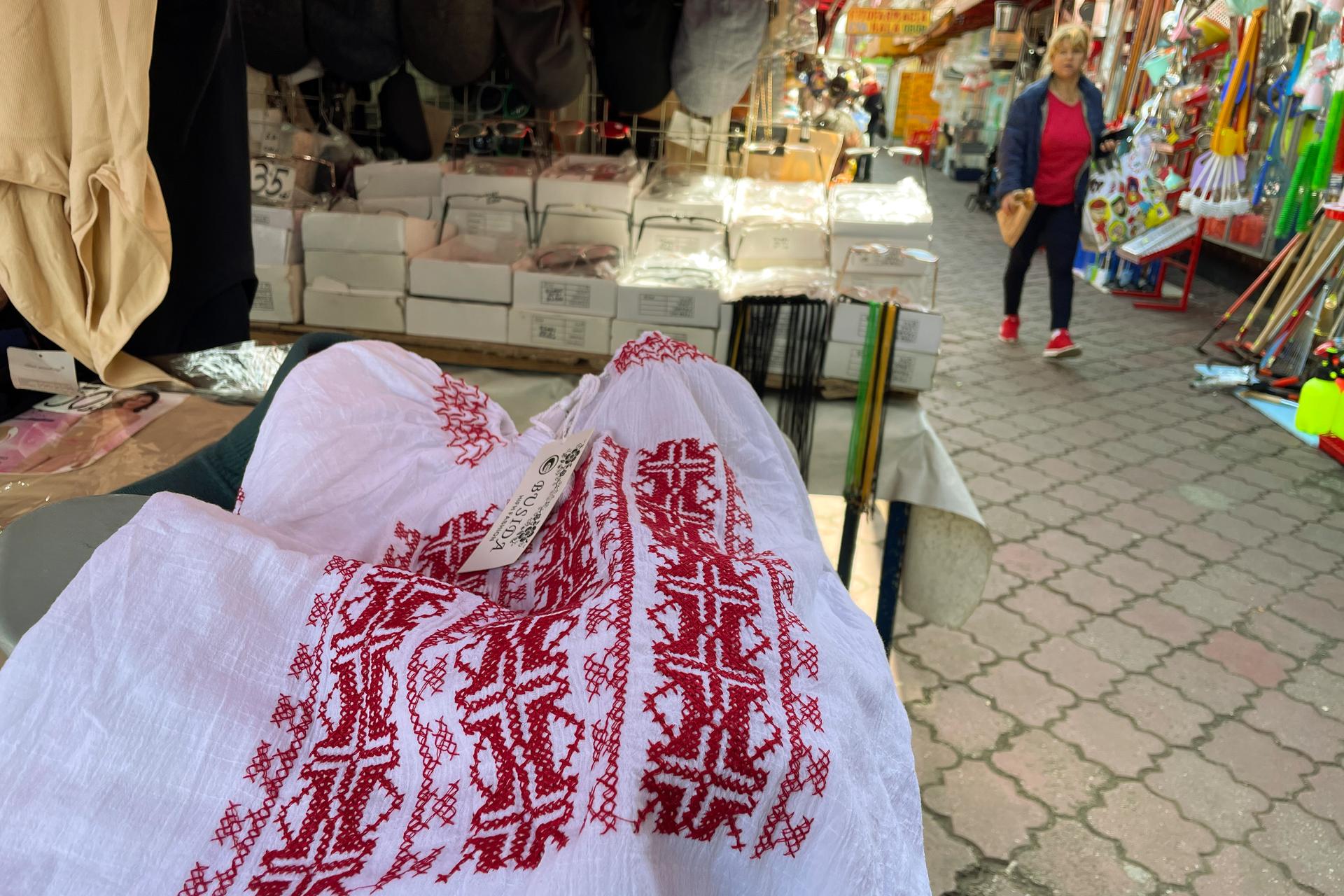
Raluca Jurcovan, an artist in Bucharest who embroiders designs on IA, said it’s not just about money. The government appears to have no concept of traditional culture in Romania, she said.
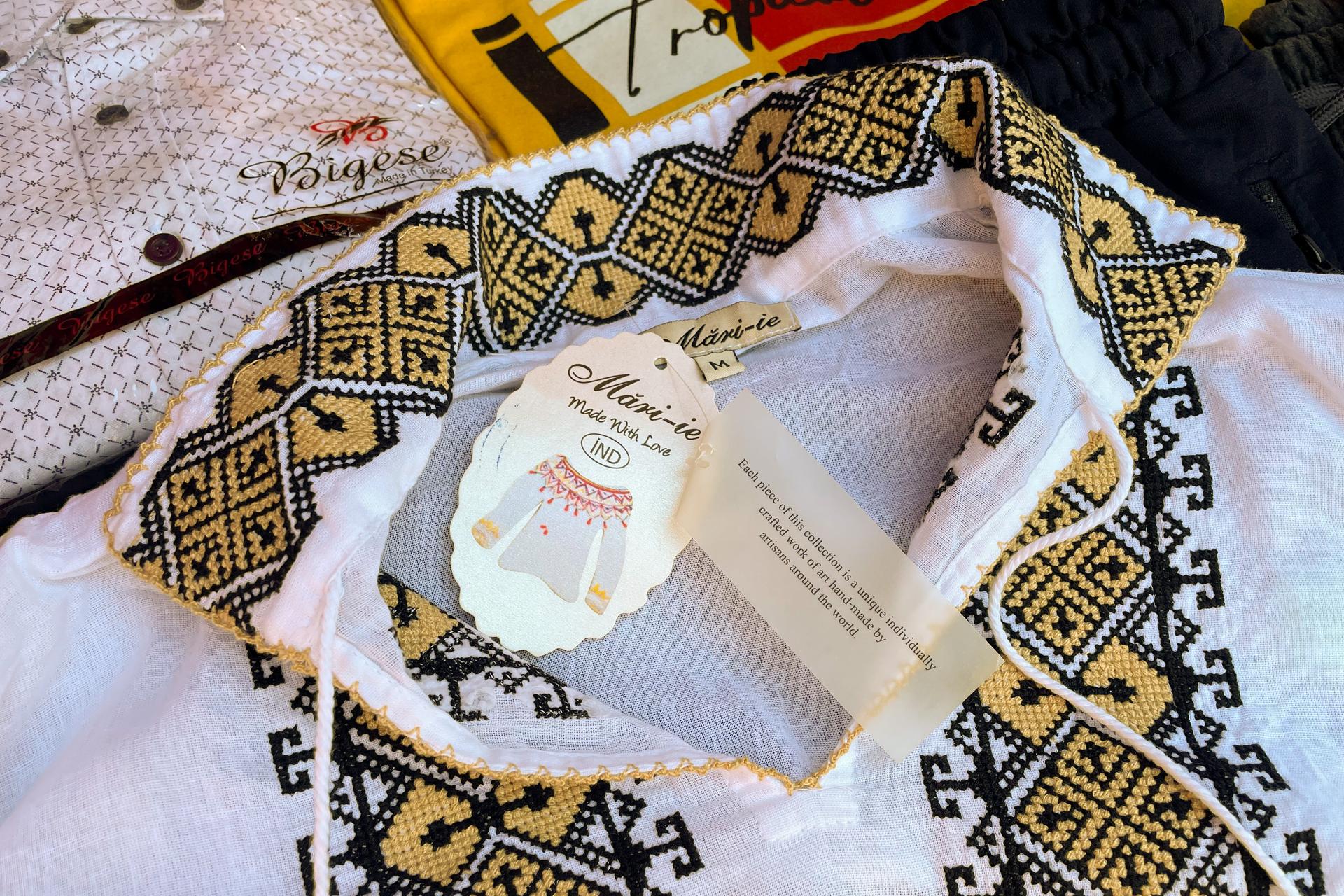
“It’s just ignorance,” Jurcovan said. “We live in a modern society in which tradition doesn’t mean anything. They are not interested in reading, or learning, or going to the countryside and to the villages that continue with these traditions.”

But there is a broader interest in IA, particularly among the Romanian diaspora.
Tănăsescu said many Romanian women living abroad have IA in their wardrobe, because it reminds them of their identity and origin.

Tănăsescu’s grandmother made her own traditional blouses, which she passed onto her along with a love for the culture that informs them.
The blouse also has its own special day. Since 2013, IA has been celebrated on June 24 by diasporas around the world.

Fashion designer Monica Miller recently collaborated with artists from Bihor in western Romania to design a new capsule collection of blouses under a European Commission project, “Give (back) Credit to the Heritage Communities.”

Tănăsescu said she wants to see more of this kind of collaboration between local blouse-makers and international designers.
Tănăsescu, who also occasionally joins a group of women sewers at Neacșu’s workshop on Fridays, said that making IA is therapeutic.

It’s about companionship and exchanging ideas and discussing their original patterns.
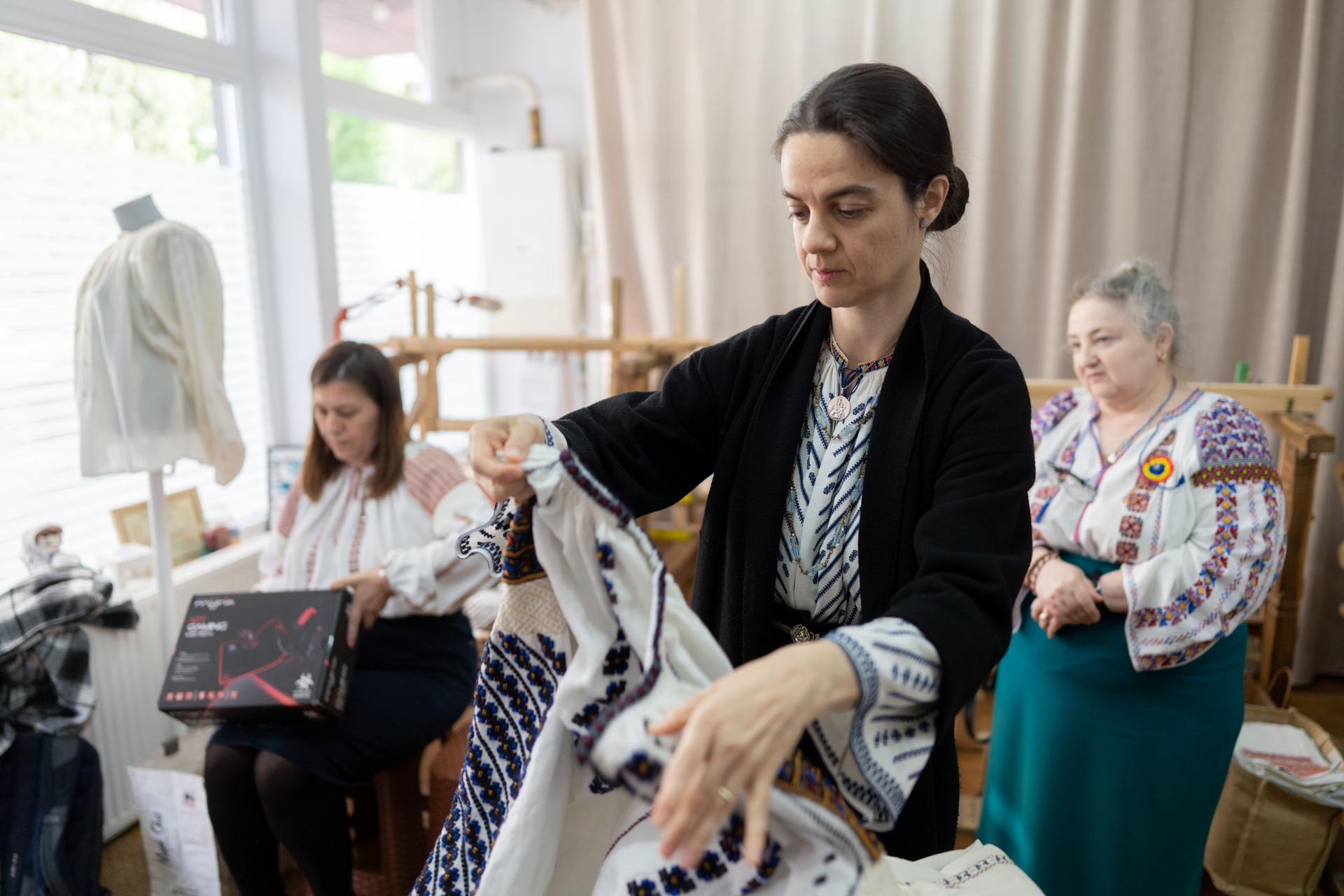
“It’s good for your mental health,” she said. “I call it yoga for the mind.”
Raul Stef contributed to reporting.
The story you just read is accessible and free to all because thousands of listeners and readers contribute to our nonprofit newsroom. We go deep to bring you the human-centered international reporting that you know you can trust. To do this work and to do it well, we rely on the support of our listeners. If you appreciated our coverage this year, if there was a story that made you pause or a song that moved you, would you consider making a gift to sustain our work through 2024 and beyond?
